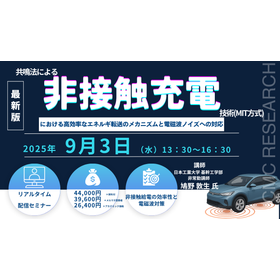Service Industry
シーエムシー・リサーチ
EstablishmentApril 1984
addressTokyo/Chiyoda-ku/2-7 Kanda Nishikicho, Towa Nishikicho Building, 3rd Floor
phone03-3293-7053
last updated:

Contact this company
Contact Us Online



